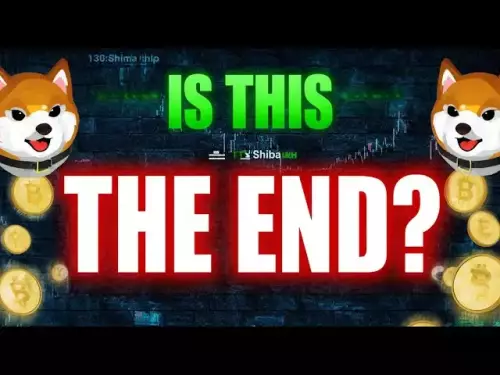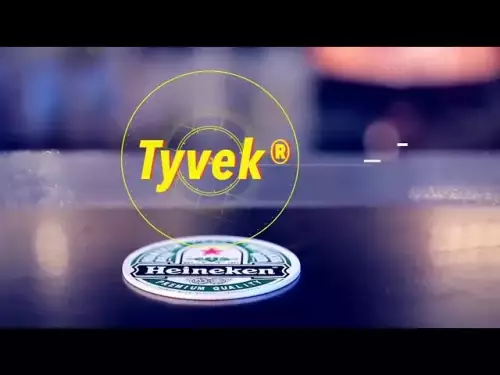-
 bitcoin
bitcoin $113137.862908 USD
0.65% -
 ethereum
ethereum $4107.436072 USD
-1.96% -
 xrp
xrp $2.908808 USD
2.59% -
 tether
tether $1.000294 USD
0.01% -
 bnb
bnb $1010.914842 USD
-1.12% -
 solana
solana $210.653310 USD
-2.16% -
 usd-coin
usd-coin $0.999776 USD
-0.01% -
 dogecoin
dogecoin $0.239360 USD
-0.04% -
 tron
tron $0.337849 USD
0.37% -
 cardano
cardano $0.807698 USD
-0.61% -
 hyperliquid
hyperliquid $45.387447 USD
0.61% -
 chainlink
chainlink $21.408287 USD
-0.92% -
 ethena-usde
ethena-usde $1.000509 USD
-0.04% -
 avalanche
avalanche $32.634682 USD
-4.77% -
 sui
sui $3.349772 USD
-0.19%
How do NFTs apply to the Web3 ecosystem?
NFTs are revolutionizing digital identity, DeFi, and community governance by enabling secure, user-controlled identities, unlocking new collateral models, and transforming passive users into active stakeholders through ownership-based access.
Sep 20, 2025 at 02:18 pm
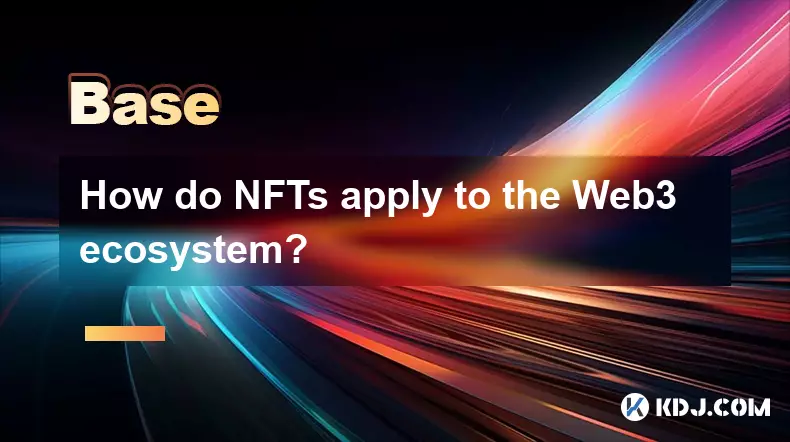
Understanding the Role of NFTs in Decentralized Identity
1. NFTs serve as unique digital identifiers that can represent ownership of specific assets within the Web3 space. Unlike fungible tokens such as Bitcoin or Ethereum, each NFT carries distinct metadata, making it ideal for verifying individual identity attributes.
2. Users can leverage NFTs to control their digital personas across platforms without relying on centralized authorities. For example, a user might hold an NFT representing verified credentials like education history or professional licenses, which can be shared selectively with third parties.
3. This model enhances privacy by allowing users to disclose only necessary information. Instead of submitting full personal documents, they can present a cryptographically secured NFT that proves authenticity without exposing underlying data.
4. Projects like ENS (Ethereum Name Service) use NFTs to assign human-readable names to wallet addresses. These .eth domain NFTs not only simplify transactions but also function as persistent identities across dApps and social layers in Web3.
5. As decentralized identity evolves, NFT-based profiles may integrate with reputation systems, enabling trustless interactions based on verifiable achievements and community contributions stored immutably on-chain.
NFTs as Assets in Decentralized Finance (DeFi)
1. The integration of NFTs into DeFi protocols has unlocked new forms of collateralization. While traditional DeFi lending relies on fungible tokens, NFT-backed loans allow owners to borrow against rare digital items like collectibles or virtual real estate.
2. Platforms such as NFTfi enable peer-to-peer lending where borrowers lock their NFTs as collateral and receive stablecoin loans. If repayment fails, ownership transfers automatically via smart contracts, eliminating intermediaries.
3. Fractionalized NFTs expand access to high-value assets by dividing ownership into tradable ERC-20 tokens. This allows multiple investors to participate in premium digital art or metaverse land parcels, increasing liquidity in otherwise illiquid markets.
4. Yield-generating NFTs are emerging, where holding certain NFTs grants rights to ongoing rewards from protocol fees or staking incentives. These hybrid models blur the line between collectibles and income-producing instruments.
5. Some DeFi protocols issue governance NFTs instead of token-based voting rights. These non-transferable NFTs ensure one-person-one-vote mechanisms, countering plutocratic tendencies seen in token-weighted governance systems.
NFTs Powering Community and Governance Structures
1. Many Web3 communities use NFTs as membership passes, granting holders access to exclusive content, events, or decision-making processes. Examples include DAOs where NFT ownership determines eligibility to propose or vote on treasury allocations.
2. Dynamic NFTs evolve based on user behavior or external data feeds. A community member’s NFT might reflect participation levels, unlocking higher privileges as engagement increases, fostering long-term involvement.
3. Artists and creators deploy NFT drops to build dedicated followings. Early supporters often receive special perks, creating tight-knit ecosystems where fans feel invested in the creator’s success beyond financial returns.
4. NFT gating restricts platform features to verified owners. Discord servers, for instance, can require specific NFTs for entry, ensuring that communities remain curated and resistant to spam or impersonation.
This fusion of ownership and access transforms passive audiences into active stakeholders, reinforcing network effects through incentive-aligned design.Frequently Asked Questions
Can NFTs be used for cross-chain identity verification?Yes, interoperability protocols allow NFTs minted on one blockchain to be recognized on another. Wrapped NFTs and cross-chain bridges facilitate identity portability, enabling seamless authentication across diverse Web3 environments while preserving provenance.
How do NFTs impact content monetization for creators?Creatives tokenize digital works as NFTs to establish scarcity and enforce royalties via programmable smart contracts. Each resale can trigger automatic payments to the original artist, disrupting traditional models where secondary market gains bypass creators entirely.
Are there risks associated with using NFTs as collateral in DeFi?Valuation volatility and lack of standardized appraisal methods pose challenges. Illiquidity of certain NFTs may hinder quick liquidation during market downturns. Additionally, oracle manipulation risks exist when pricing depends on off-chain data sources.
Disclaimer:info@kdj.com
The information provided is not trading advice. kdj.com does not assume any responsibility for any investments made based on the information provided in this article. Cryptocurrencies are highly volatile and it is highly recommended that you invest with caution after thorough research!
If you believe that the content used on this website infringes your copyright, please contact us immediately (info@kdj.com) and we will delete it promptly.
- Coin Value Challenge: Navigating the Shifting Sands of Crypto and Tradition
- 2025-09-26 08:25:13
- XRP, Cardano, and Opportunity: Navigating the Crypto Landscape in 2025
- 2025-09-26 08:25:13
- Pepe, Price Prediction, and Returns: Is the Meme Magic Fading?
- 2025-09-26 08:45:14
- BullZilla: The Meme Coin Behemoth with 100x Potential?
- 2025-09-26 08:30:01
- Base's Blockchain Base: Developers Drive TVL Goal to $5 Billion and Beyond
- 2025-09-26 08:45:14
- MoonBull Presale: Your Ticket to the Next Pepe-Level Crypto Opportunity?
- 2025-09-26 08:30:01
Related knowledge
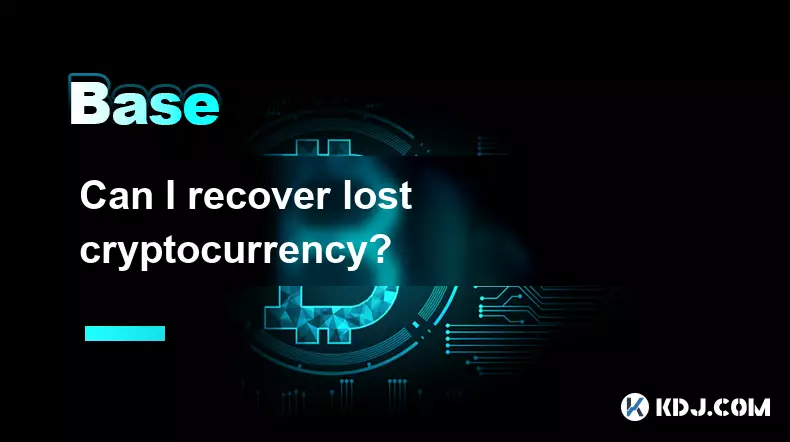
Can I recover lost cryptocurrency?
Sep 25,2025 at 08:18am
Understanding the Nature of Cryptocurrency Loss1. Cryptocurrency operates on decentralized networks, meaning there is no central authority to reverse ...
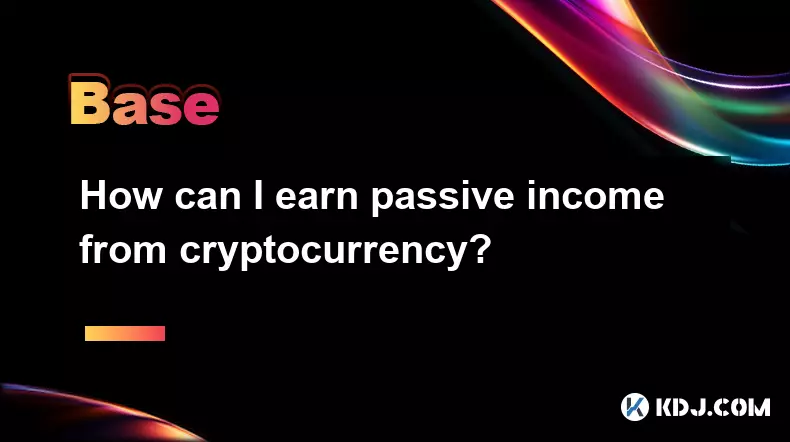
How can I earn passive income from cryptocurrency?
Sep 23,2025 at 10:18am
Staking Cryptocurrencies for Regular Returns1. Many blockchain networks operate on a proof-of-stake (PoS) consensus mechanism, allowing users to earn ...

What are gas fees in cryptocurrency transactions?
Sep 26,2025 at 02:00am
Understanding Gas Fees in Blockchain Transactions1. Gas fees are payments made by users to compensate for the computing energy required to process and...
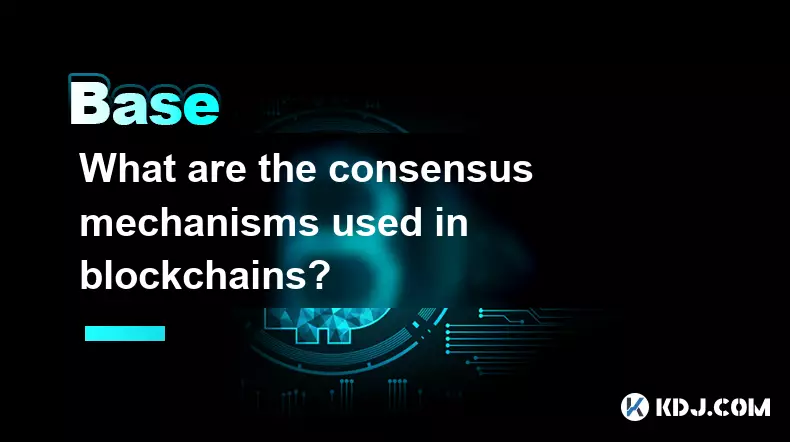
What are the consensus mechanisms used in blockchains?
Sep 24,2025 at 10:00am
Proof of Work and Its Role in Blockchain Security1. Proof of Work (PoW) is one of the earliest consensus mechanisms, first implemented by Bitcoin. Min...
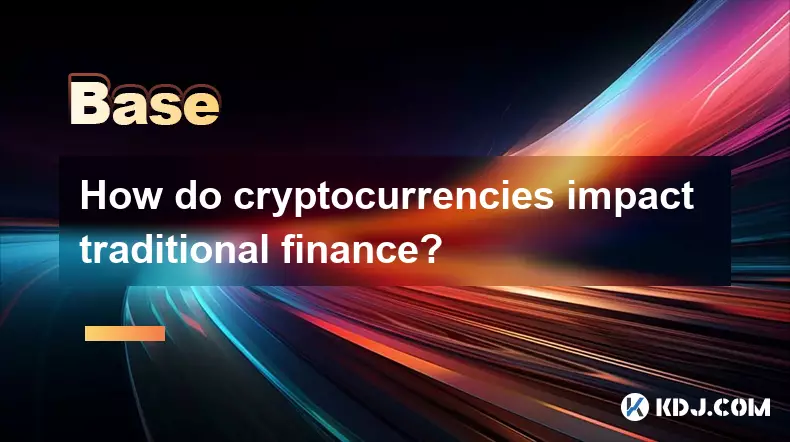
How do cryptocurrencies impact traditional finance?
Sep 26,2025 at 05:54am
Disruption of Centralized Banking Systems1. Cryptocurrencies challenge the authority of central banks by offering decentralized alternatives to fiat c...

Is there a finite supply of Bitcoin?
Sep 23,2025 at 06:00am
Bitcoin's Fixed Supply Mechanism1. Bitcoin was designed with a hard cap of 21 million coins, making its supply finite and predictable. This limit is h...

Can I recover lost cryptocurrency?
Sep 25,2025 at 08:18am
Understanding the Nature of Cryptocurrency Loss1. Cryptocurrency operates on decentralized networks, meaning there is no central authority to reverse ...

How can I earn passive income from cryptocurrency?
Sep 23,2025 at 10:18am
Staking Cryptocurrencies for Regular Returns1. Many blockchain networks operate on a proof-of-stake (PoS) consensus mechanism, allowing users to earn ...

What are gas fees in cryptocurrency transactions?
Sep 26,2025 at 02:00am
Understanding Gas Fees in Blockchain Transactions1. Gas fees are payments made by users to compensate for the computing energy required to process and...

What are the consensus mechanisms used in blockchains?
Sep 24,2025 at 10:00am
Proof of Work and Its Role in Blockchain Security1. Proof of Work (PoW) is one of the earliest consensus mechanisms, first implemented by Bitcoin. Min...

How do cryptocurrencies impact traditional finance?
Sep 26,2025 at 05:54am
Disruption of Centralized Banking Systems1. Cryptocurrencies challenge the authority of central banks by offering decentralized alternatives to fiat c...

Is there a finite supply of Bitcoin?
Sep 23,2025 at 06:00am
Bitcoin's Fixed Supply Mechanism1. Bitcoin was designed with a hard cap of 21 million coins, making its supply finite and predictable. This limit is h...
See all articles
























